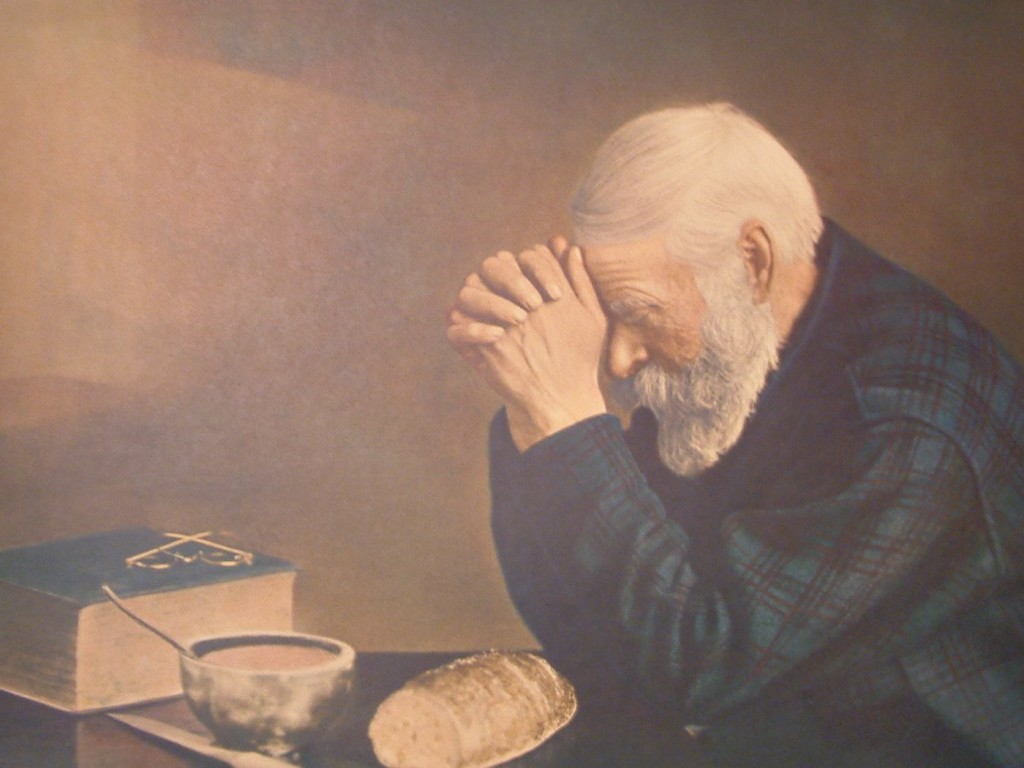With a solid commentary in-hand, we can now embark upon the great journey of reading the entirety of Sacred Scripture. However, while most attempt to read the Bible cover-to-cover, few get any farther than Leviticus.
[featured-image single_newwindow=”false”]
The main problem is that we open up the Bible without any reading plan. We simply start reading and then get exhausted. To remedy that, here are a few different ways to break-up the reading to ensure that you are able to read the entire Bible:
1. The Bible Timeline Reading Plan (90 Days)
In a matter of 90 days, a person can successfully read through the primary storyline of Sacred Scripture. This reading plan follows the basic story of Salvation History and cuts out many books in the process. I would suggest starting here to get a better sense of the basic arc of the Bible, which will then help you go back and discover where the other books fit-in.
2. The Bible & Catechism Plan (1 Year)
If you are going to embark on such a journey as to read the Bible, why not add the Catechism into the mix! The Coming Home Network has developed such a plan that goes through every verse of the Bible, along with every paragraph in the Catechism. At the end of the year, you will not only have a better knowledge of Scripture, you will have the corresponding theology behind it.
3. Liturgical Approach (3 Years)
After the Second Vatican Council, the Church revised the Sunday and weekday readings so as to give us a more complete taste of Scripture. The comparison in this table compares the two different lectionaries and shows how much more of the Bible is read at Mass. However, not all of Scripture is read in either instance, but by the end of liturgical year, it is possible to become much more familiar with Scripture. What makes this method helpful is that Scripture is broken down into chunks that are easy to read on a daily basis. I suggest either accessing these readings online, on your phone, or by purchasing a daily missal (either for the Ordinary Form or Extraordinary Form of the Mass).
Another suggestion is to carry around a pocket-bible, so that you can return to your daily readings throughout the day. This was a practice of many of the saints, and is helpful in integrating the Bible into your everyday life.
So few of us utilize Sacred Scripture and wield it as a “two-edged” sword. That is why it is so important to actually read Scripture and to integrate it into everything that we do. With this in mind, there are still a few more practical items to cover, including how to memorize Scripture, using a method that the Church has used for centuries.
What is amazing is that laypeople did not have access to the written Bible for most of the history of Christianity, yet they could recite more passages from Scripture than any of us! How? We will find out next week!

